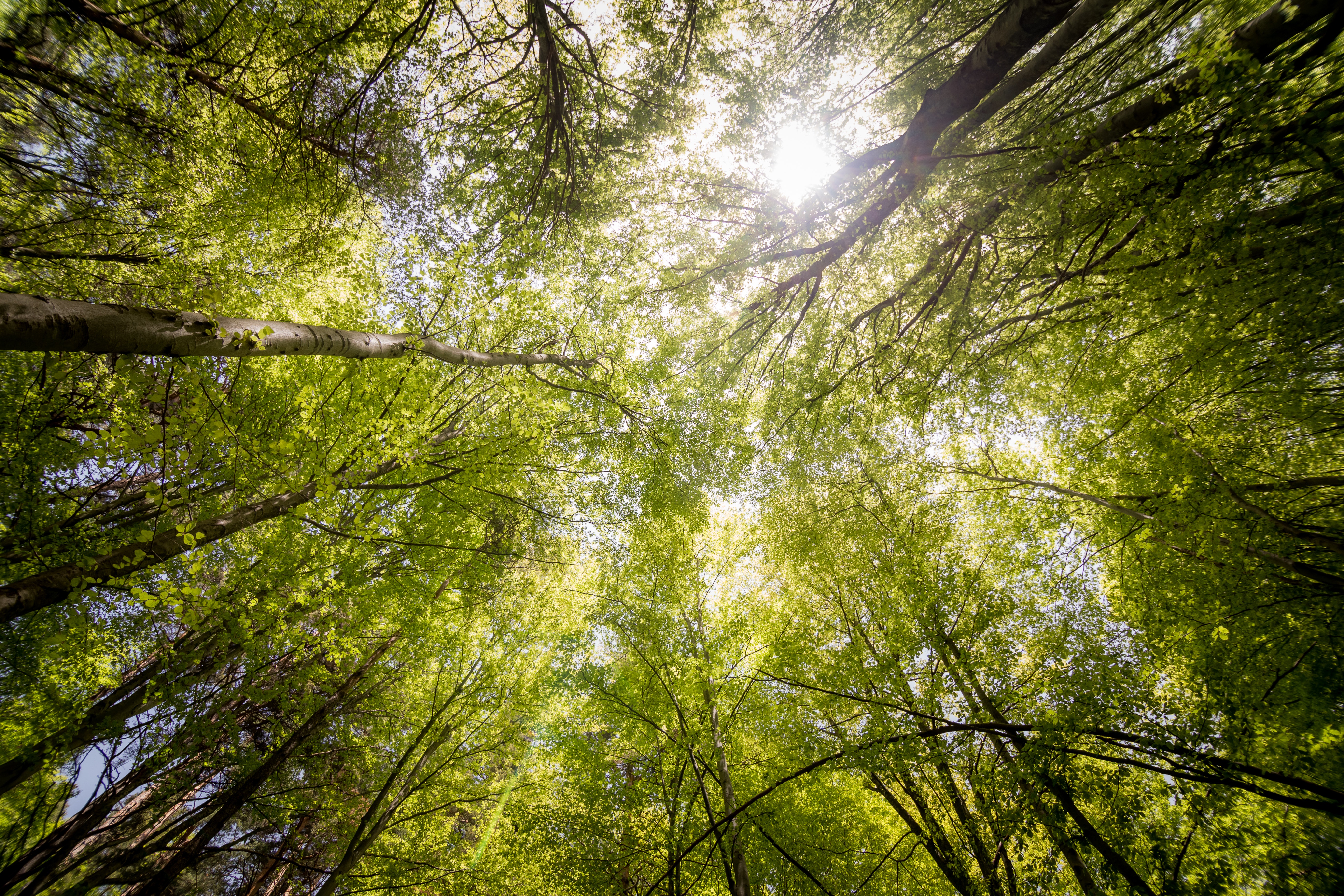Posted: 15 September 2022
How to protect forests and reduce emissions

Forests are carbon sinks and cover about 30% of the world's land area. Between 1990 and 2005, 3% of the planet's forest cover was lost, especially in tropical regions, which are home to about half of all known terrestrial species and where the rate of deforestation is steadily increasing. Tropical forests are estimated to be disappearing at a rate of about 13 million hectares per year, an area comparable to the size of Greece.
Deforestation, or the permanent conversion of forests and woodlands to other land uses such as crops, pastures, roads, mines, and housing developments, is responsible for about 12% of global greenhouse gas emissions and is a major cause of climate change and the deterioration of the earth's land in general. Emissions not captured by forest area and the loss of biodiversity resulting from forest destruction have an impact not only globally, but also locally, where deforestation poses a threat to the cultural integrity and way of life of people who depend on forests for their livelihoods.
To achieve the Paris Agreement goal of keeping global temperature rise within, if not below, 2°C above pre-industrial levels and meeting the Sustainable Development Goals of the United Nations 2030 Agenda, it will therefore be necessary to put in place substantial action to combat deforestation and safeguard the heritage of biodiversity and identity that forests represent. To reduce global emissions by at least 50% from 1990 levels by 2050, a goal declared by the world's states in 2015 in Paris, saving forests is therefore essential. The issue of reducing emissions from deforestation in developing countries was first addressed at COP 11 held in Montreal in 2005, with the introduction of the REDD initiative, "Reducing Emissions from Deforestation and Forest Degradation."
But it was not until COP 19 in Warsaw in 2013 that a real change took place with the birth of REDD+: a comprehensive methodological and financial guide to voluntarily manage projects that aim to reduce emissions from deforestation and forest degradation and sustainable forest management activities in developing countries.
The explicit goal of REDD+, also recognized in Article 5 of the Paris Agreement, is to reduce emissions and help local people in a respectful and sustainable manner, but important implications for the agricultural sector, which is responsible for another 12% of global greenhouse gas emissions, rural development, and climate change adaptation in the world's most vulnerable areas, are also mentioned. Projects under REDD+ are implemented through national and international strategy development, local capacity building, implementation and monitoring. Countries that achieve verified emission reductions will receive international payments based on their results.
Projects under REDD+ must be transparent in terms of verifying results and flexible in how they are implemented depending on specific national circumstances, local capacities, each country's expertise, and the level of support received.
In this context, there are REDD+ projects in Zimbabwe and Indonesia. Finances and responsibilities have been focused on wildlife conservation projects on safari to save the most endangered species from extinction, and community engagement activities have been put in place in the areas surrounding the forest developing an awareness toward alternative ways to deforestation for land management and village needs. All with a community-based approach, valuing local knowledge and respecting cultures, in full REDD+ spirit.
There are also projects to conserve and restore mangroves, vital to the existence of tropical ecosystems and local people. Mangroves reduce the effects of natural disasters, protect against flash floods, provide food and wood for families, and are able to retain up to 10 times the amount of carbon dioxide per hectare than terrestrial forests, storing CO2 in the aquifer soil for centuries. But their survival is threatened by agriculture, fishing and timber supply activities, which add to the effects of climate change. That is why it is vital to preserve this immense CO2 sink.
The REDD+ system truly enables the reconciliation of climate finance, ecosystem replenishment and the protection and growth of local economies towards sustainable land use and resource consumption patterns as the basis for food, water and energy security. It is therefore hoped that more and more public and private investment will flow into REDD+ projects, and it is hoped that this will be an important point of discussion at the upcoming COP 27, which will take place in Egypt this year in November.